This August, a parish in Northern Virginia started a monthly sensory-friendly Mass. Nativity is a parish on the edge of the DC suburbs in the diocese of Arlington that will now make their 1 pm Sunday Mass sensory-friendly every 2nd Sunday of the month.

Back in mid-August, a woman from the Pillar contacted me about sensory-friendly Masses. I did the interview over the phone in a gas station parking lot while driving cross country as I was changing positions from Charlotte-Atlanta to San Jose-San Francisco. The person who interviewed me wrote a story in The Pillar that was published today.
The article begins talking about the Mass at Nativity:
The Sunday 1 p.m. Mass at Nativity Catholic Church in Burke, Virginia is typically the parish’s least attended weekend litugy.
But on August 11, the church was full.
Volunteers in matching gray T-shirts asked incoming Mass-goers if they needed any special accommodations. A table in the narthex offered tools like interactive Mass binders and “fidgets” — tactile self-regulation aids. The lights in the sanctuary were dimmed.
It was the parish’s first monthly “sensory Mass,” held especially for neurodiverse Catholics, and the turnout was significant.
Later it included excerpts from the interview with me:
Fr. Matthew Schneider, an autistic priest of the Legionaries of Christ, keeps a running directory of regular sensory Masses across the U.S. and Canada. Some — like St. Vincent de Paul’s sensory Mass in Fort Wayne, Indiana — are booming.
He hopes to see at least one sensory Mass, he told The Pillar, in every city — not only for accessibility, but to foster community particularly among autistic Catholics.
“Our difficulties in communication are usually between us and non-autistic people,” Schneider explained.
“Between autistic people, we actually communicate better. So building that community — I think that can be helpful.”
Short of a dedicated Mass, Schneider noted that a “sensory room” — like a “reverse cry room,” he said — can be a simple first step to accommodate sensory-sensitive parishioners. Sensory rooms can offer a quieter environment and space to move around, as well as self-regulation tools like fidgets and alternative seating like swivel or beanbag chairs.
I invite you to go read the whole article. Some of the other people interviewed provide some good information if you are thinking of starting a sensory-friendly Mass in your parish.

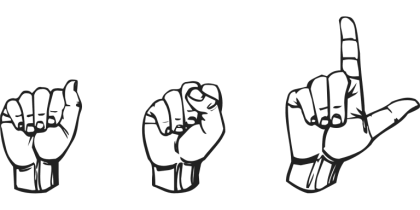


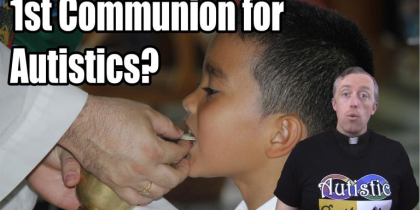

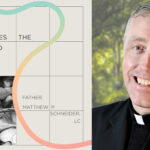

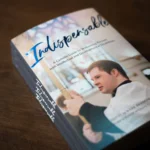
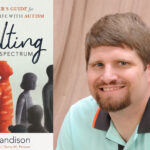
[…] the summer, I noted that there is a new sensory-friendly Mass in the Diocese of Arlington (Virginia side of Washington, DC). The same Mass was covered this week by EWTN News In […]